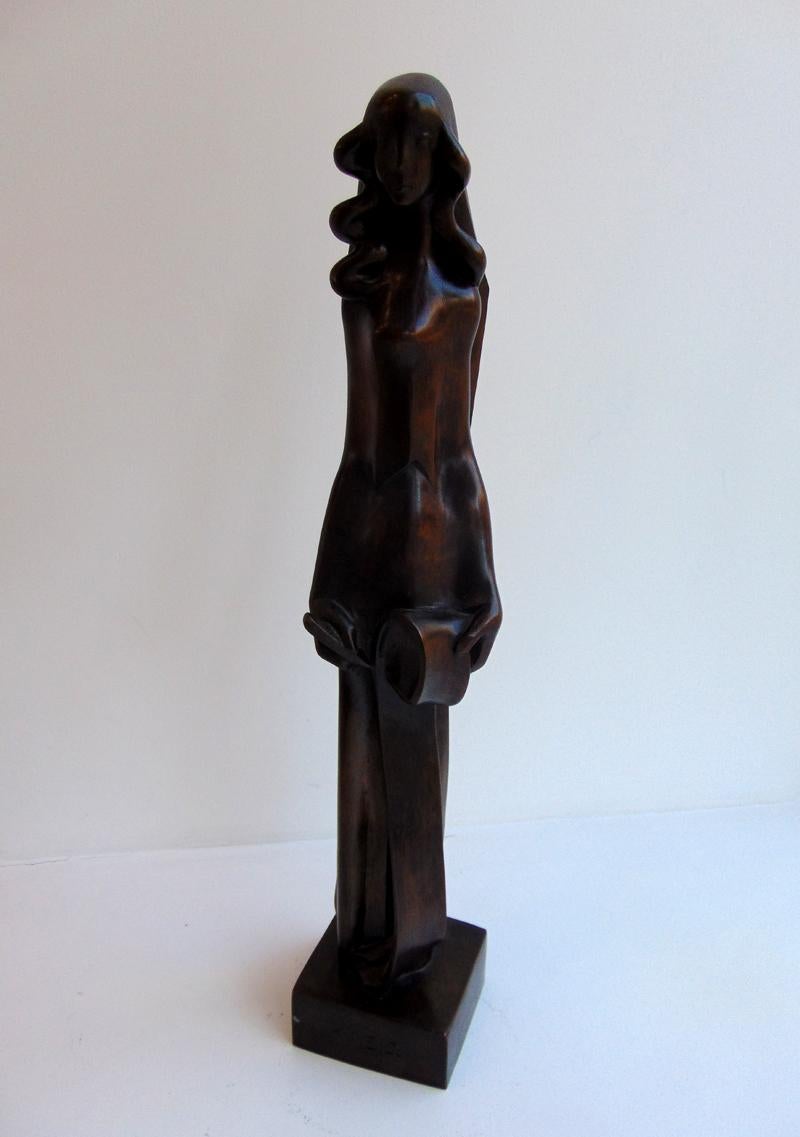
It was carved by Carlo Franzoni in 1819, and she watched over the House through its four decades meeting in the room, and over visitors to the Capitol ever since. This stereoview was likely a souvenir for a tourist visiting the Capitol, where the statue was perched in Statuary Hall. This marble sculpture of Clio, the Greek muse of history, in her clock-wheeled chariot, has long been a popular symbol of the House. ‘Clio’ also represents history in some coined words in academic usage: cliometrics, cliodynamics.Ĭlio Bay in Antarctica is named after the muse. Likewise, the undergraduate student outreach group for the Penn Museum at the University of Pennsylvania is known as the Clio Society. The Cambridge University History Society is informally referred to as Clio, similarly, the Cleo of Alpha Chi society at Trinity College, Connecticut is named after the muse. In her capacity as “the proclaimer, glorifier and celebrator of history, great deeds and accomplishments,” Clio is the namesake of various modern brands, including the Clio Awards for excellence in advertising. Some sources say she is also the mother of Hymenaios. Other accounts credit her as the mother of Linus, a poet who was buried at Argos, although Linus has a number of differing parents depending upon the account, including several accounts in which he is the son of Clio’s sisters Urania or Calliope. In this guise she was represented holding an open scroll or seated beside a chest of books. In the Classical era, when the Mousai were assigned specific literary and artistic spheres, Kleio was named Muse of history. She had one son, Hyacinth, with one of several kings, in various myths-with Pierus or with king Oebalus of Sparta, or with king Amyclas, progenitor of the people of Amyclae, dwellers about Sparta. KLEIO (Clio) was one of the nine Mousai (Muses), the goddesses of music, song and dance. Along with her sister Muses, she is considered to dwell at either Mount Helicon or Mount Parnassos. Other common locations for the Muses are Pieria in Thessaly, near to Mount Olympus. Like all the muses, Clio is a daughter of Zeus and the Titaness Mnemosyne, goddess of memory. DepictionĬlio, sometimes referred to as “the Proclaimer”, is often represented with an open parchment scroll, a book, or a set of tablets. EtymologyĬlio’s name is etymologically derived from the Greek root κλέω/κλείω (meaning “to recount”, “to make famous” or “to celebrate”). The name’s traditional Latinisation is Clio, but some modern systems such as the American Library Association-Library of Congress system use K to represent the original Greek kappa, and ei to represent the diphthong ει (epsilon iota), thus Kleio. Large Art Nouveau Style Nymph Statue Gold Bronze 23 Neoclassical Muses Figurine.
Clio muse of history statue figurine download#
Clio Muse of History Art Print Printable Wall Art Digital Download 9 Muses Greek Mythology Print Ancient Greece Greek Muse Print. They have appeared, each with her own particular symbol, in paintings, architecture, and sculpture throughout the centuries.In Greek mythology, Clio (traditionally /ˈklaɪoʊ/, but now more frequently /ˈkliːoʊ/ Greek: Κλειώ), also spelled Kleio, is the muse of history, or in a few mythological accounts, the muse of lyre playing. Check out our greek muse statue selection for the very best in unique or custom, handmade pieces from our shops. The Muses appeared in paintings and sculptures throughout Greece and beyond, and were often the subject of the red and black pottery which was popular during the 5th and 4th century BCE. The result: his daughters were turned into magpies.

For example, according to one myth, King Pierus of Macedon named his nine daughters after the Muses, believing they were more beautiful and talented. Myths regarding challenges to the Muses inevitably end in the challenger losing the challenge and suffering a terrible punishment.

While they were beautiful to behold and wonderfully gifted, their talents were not to be challenged. In legend, the Muses were variously described as living on Mt. The Muses delight the gods and human beings with their songs, dances, and poems and inspire human artists to greater artistic achievements. Each of the Muses is lovely, graceful and alluring, and gifted with a particular artistic talent. They were born after the pair lay together for nine nights in a row.

The Muses were the daughters of Zeus, king of gods, and Mnemosyne, goddess of memory.


 0 kommentar(er)
0 kommentar(er)
